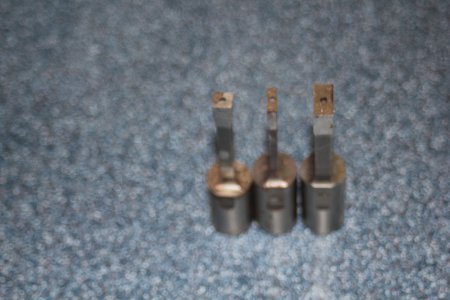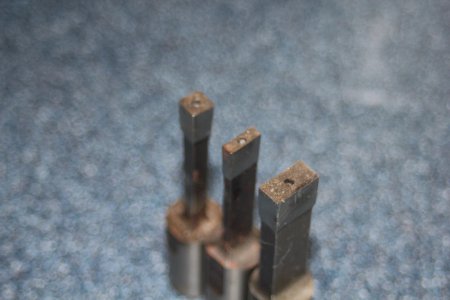- Joined
- Aug 5, 2018
- Messages
- 272
Hi,
I'm interested in trying some broaching on my mini mill after seeing a recent video. The operator stressed that locking the quill (on his Bridgeport) was critical to prevent rotation. Mini mills move the entire head assembly up/down. How can this be done on a mini mill that doesn't have a locking mechanism?
I'm thinking Ill need some sort of device that would mount to the head assembly. I figure it would need a sleeve, an arm or a bracket, that would clamp around the spindle that could be tightened. However, before I go down this path, figured I'd better reach out for advice. I don't think it should be a permanent mount to avoid possible accidental locking while the machine is running.
Thoughts?
Mike.
I'm interested in trying some broaching on my mini mill after seeing a recent video. The operator stressed that locking the quill (on his Bridgeport) was critical to prevent rotation. Mini mills move the entire head assembly up/down. How can this be done on a mini mill that doesn't have a locking mechanism?
I'm thinking Ill need some sort of device that would mount to the head assembly. I figure it would need a sleeve, an arm or a bracket, that would clamp around the spindle that could be tightened. However, before I go down this path, figured I'd better reach out for advice. I don't think it should be a permanent mount to avoid possible accidental locking while the machine is running.
Thoughts?
Mike.



